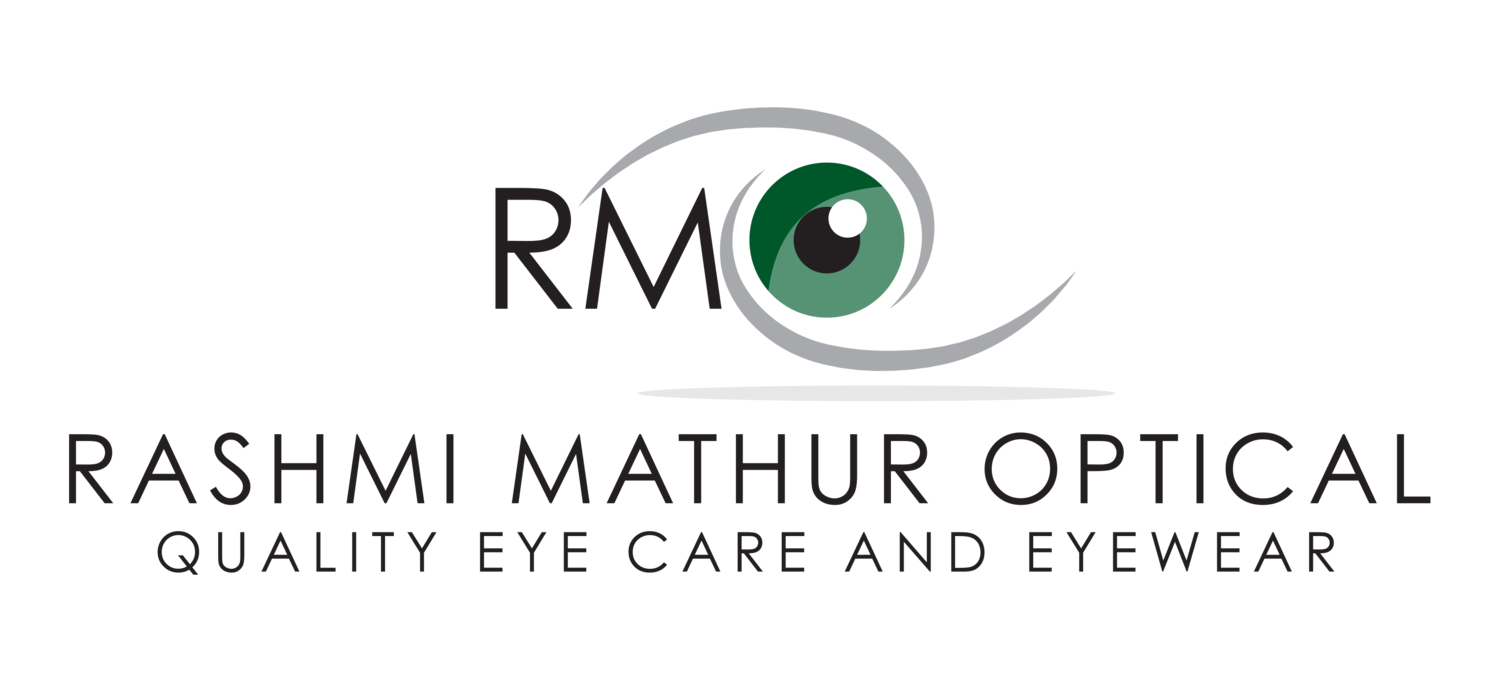Cataracts
The lens in the eye is clear and transparent so that light can be focused on the retina. When it becomes cloudy, it is called a cataract.
Causes
Ageing - most people >65 years will have some changes in the lens of the eye
Diabetes
Long-term use of steroids
Long periods of UV exposure
Trauma
Smoking
Radiation Therapy
How would I know?
Most cataracts develop slowly and don’t interfere with vision in the early stages. Later, you may notice any of the following:
Blurred and hazy vision - almost like looking through a frosted lens.
Increased glare sensitivity in sunlight.
Decreased contrast sensitivity - difficulty with night driving
Surgery Options
The lens is enclosed in a clear capsule. Surgery involves removing the lens and replacing it with an artificial one, leaving the capsule intact.
1. Phacoemulsification - This is the method used most.
A small incision is made in the cornea. A probe is used to break the lens apart with ultrasound waves. The pieces are then removed used suction. The procedure is very quick lasting 6-8 minutes. There are no stitches used.
Post-operatively a combination of antibiotics, steroids and a non-steroidal anti-inflammatory are prescribed to reduce inflammation and prevent infection.
2. Extracapsular surgery - Older procedure
The entire lens is removed through a longer incision in the the cornea. Stitches are required. The healing time is longer and the procedure slightly riskier than Phaco-emulsification.
How do I prepare for surgery?
As with any procedure, you need to be as healthy as you can going into it. If you are diabetic, keep your glucose levels regulated. If you are hypertensive, your BP should be within normal limits. This reduces the risk of complications
Will I need glasses afterwards?
The IOL (Intra-ocular lens) used to replace your natural lens is calculated so that you wont need glasses for distance vision. You may need them just for reading.
There are also IOL’s that allow both distance and near correction which you can discuss with your Ophthalmologist.


